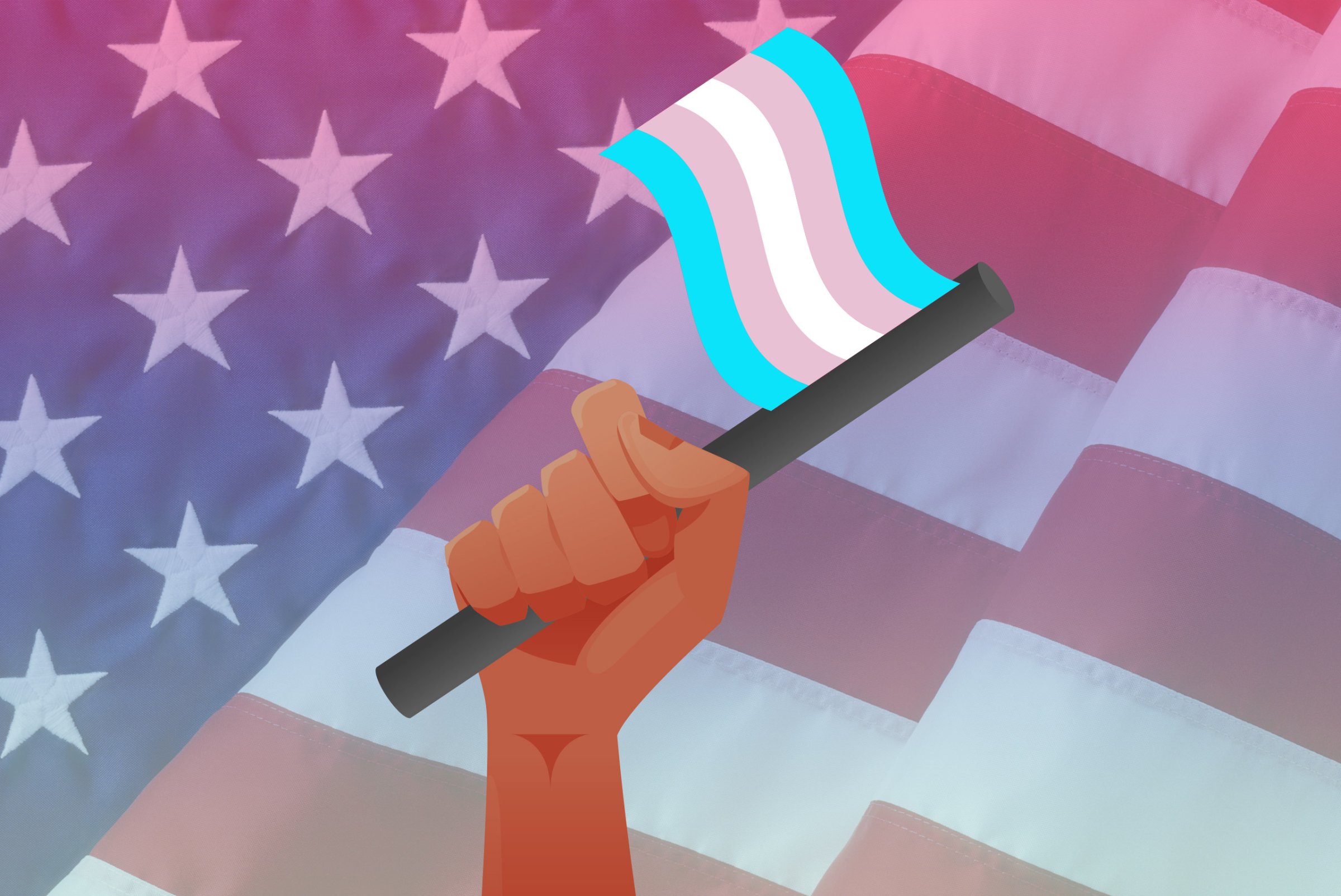
It’s a tricky thing to quantify how many Americans are L, G, B or T. There has been stigma, and even criminal potential, attached to owning one of those labels. While some might associate being LGBT with behavior, others consider it a political reality. And questions about one’s sexual orientation or gender identity have long been considered private matters, not the kind of thing you tick a box for on a survey. But the most often quoted estimate of how many people are transgender in America just got updated, and that estimate has doubled.
According to a study from UCLA’s Williams Institute, 0.6% of people identify as transgender, amounting to 1.4 million Americans. Like a 2011 study from the same institution that estimated the population’s size to be 700,000, the number is based on conclusions the authors drew from state-level surveys. The updated number, however, is based on 19 state-level surveys conducted in 2014 and data from the U.S. Census Bureau, which is far more robust than the two state-level surveys used to make the previous estimate. Efforts to include questions about transgender status on large-scale federal surveys are still materializing.
The authors noted the political implications this could have for transgender Americans, who have been at the center of heated political battles this year, particularly in North Carolina. “The findings from this study are critical to current policy discussions that impact transgender people,” said Jody Herman, one of the authors of the study, in a press release. “Policy debates on access to bathrooms, discrimination, and a host of other issues should rely on the best available data to assess potential impacts, including how many people may be affected.”
According to the study, the states with the highest proportion of residents identifying as transgender are Hawaii (0.8%), California (0.8%), Georgia (0.8%), New Mexico (0.8%), Texas (0.7%) and Florida (0.7%). The study also found that young people, ages 18 to 24, are more likely to identify as transgender by a small margin.
The authors say that the increase may be related to there being less stigma in coming out than there was a decade ago, when the previous state-level data used to make an estimate was collected: “A perceived increase in visibility and social acceptance of transgender people may increase the number of individuals willing to identify as transgender on a government-administered survey.”
Noting that more complete data is likely to be collected in the future, the authors state that the size of the population is very likely between 800,000 and 2.3 million, though they believe it’s most likely that the actual number falls in between.
More Must-Reads from TIME
- Cybersecurity Experts Are Sounding the Alarm on DOGE
- Meet the 2025 Women of the Year
- The Harsh Truth About Disability Inclusion
- Why Do More Young Adults Have Cancer?
- Colman Domingo Leads With Radical Love
- How to Get Better at Doing Things Alone
- Michelle Zauner Stares Down the Darkness
Contact us at letters@time.com